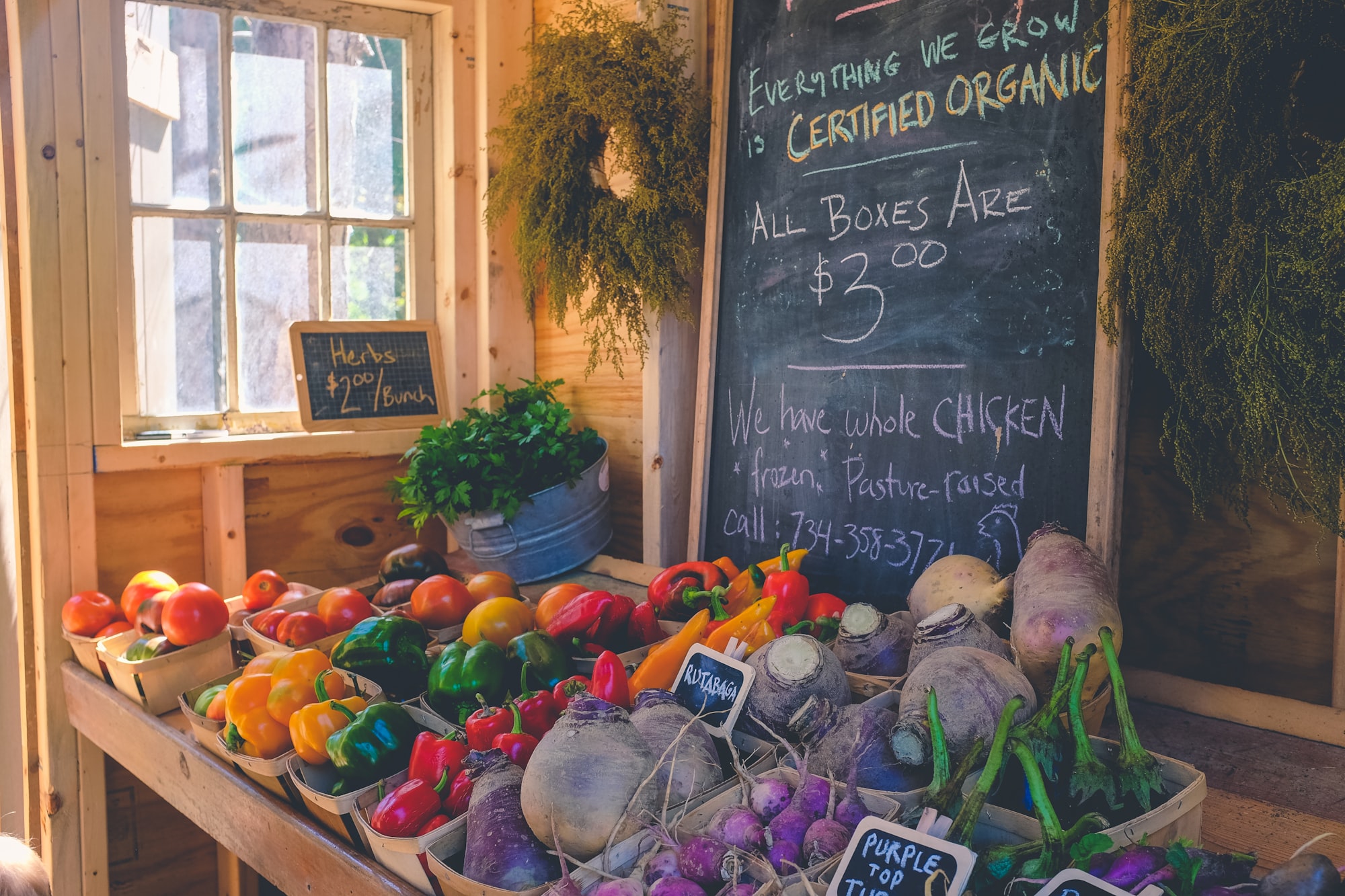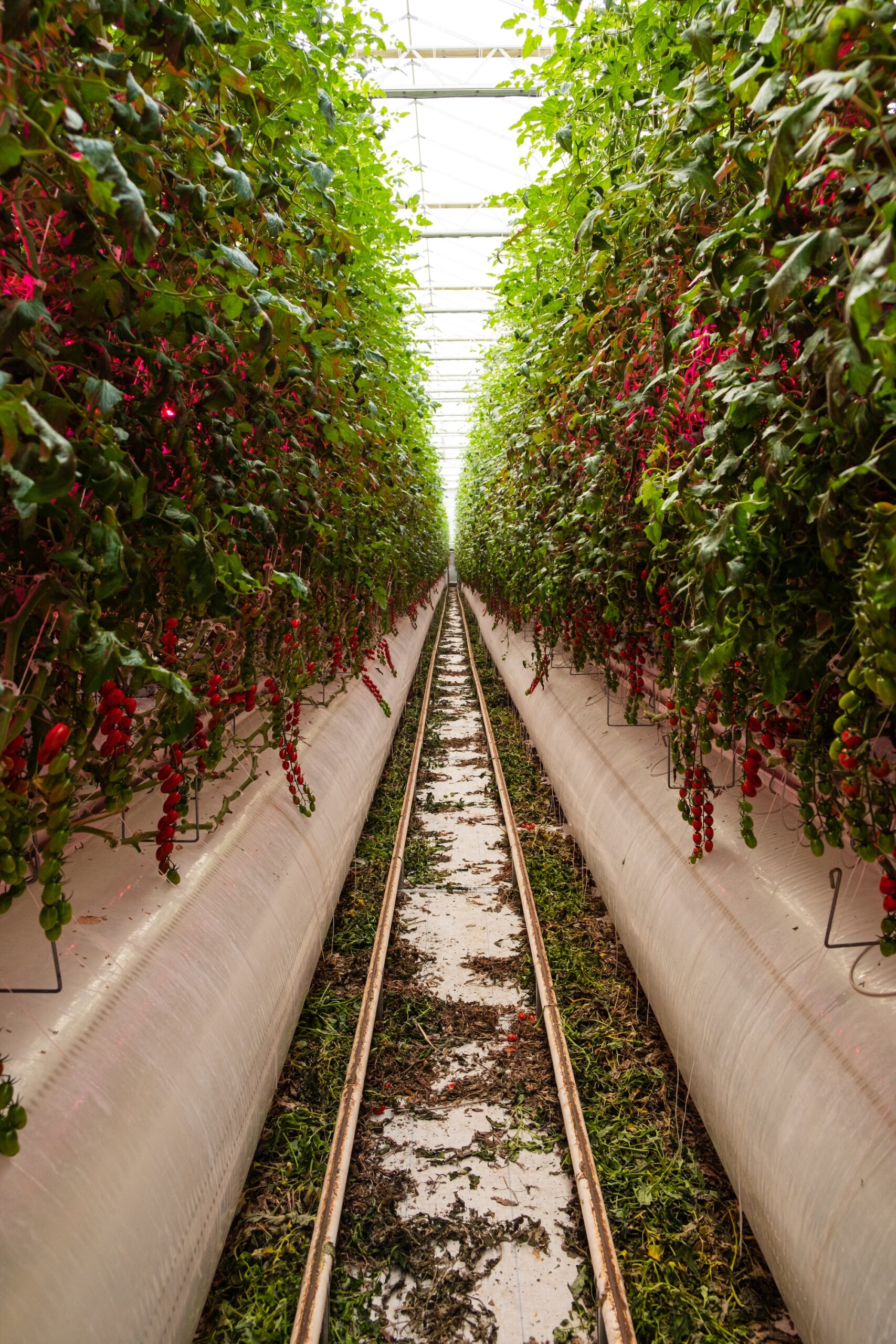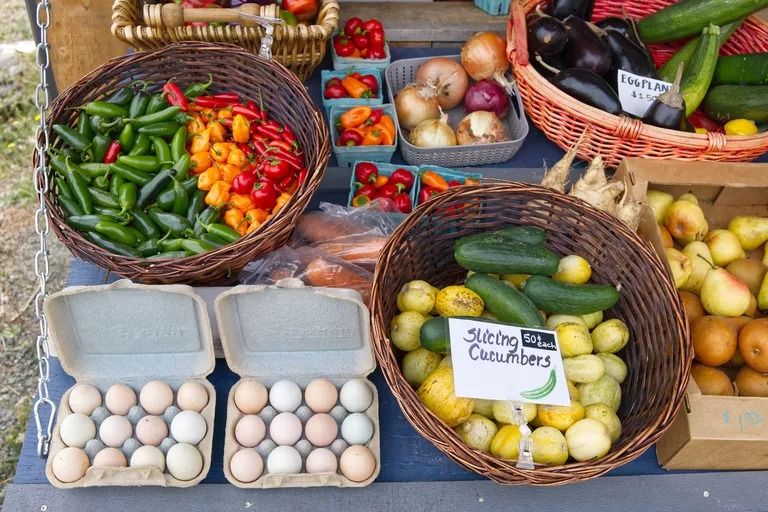
Although organic farming has gained an immense amount of momentum over the last two decades, the term was actually coined back in the 1940s. English agriculturalist Walter James first used it as a way to describe a farm as a living “organism,” while the founder of the Rodale Institute published his own farming methods that refrained from the use of chemicals around the same time. As safety concerns over the use of synthetic fertilizers and pesticides in food grew throughout the 1990s, so did the popularity and demand for organic products. As of 2018, the annual global organic market exceeds $100 billion, with about 2.8 million organic producers operating worldwide.
But what does “organic” mean, really? At its core, organic refers to food that’s been managed, raised, and farmed in a manner that conserves natural resources and biodiversity. According to the United States Department of Agriculture (USDA), certified organic foods are grown and processed according to specific federal guidelines, including those that address soil quality, animal raising practices, pest control, weed control, and the use of additives. Most of the time, organic farmers use natural substances as well as physical, mechanical, or biologically based methods as often as possible.
In order to put the official USDA Organic certified label on food, producers must follow a strict set of regulations set forth by the department. Farms or businesses can be certified by private, foreign, or state entities that have been accredited by the USDA as certifying agents located all around the world. There are fees involved as well, and certification costs vary—anywhere from a few hundred dollars to thousands of dollars—depending on the certifying agent and type, size, and complexity of the business. The USDA runs an organic certification cost-share program (basically a financial aid or assistance program) that can reimburse up to 50% of costs for qualifying operations.
Once a farm or business has been issued an organic certification, the work doesn’t stop there. There’s also an annual recertification process required to maintain the status, including on-site inspections and updates.
Produce and Crops
Organic produce is grown on soil that has had no prohibited substances applied for at least three years prior to harvest. Prohibited substances range from natural toxic substances like strychnine and arsenic, but also most synthetic fertilizers, herbicides, and pesticides.4
Who decides what’s allowed and what isn’t? That would be the National Organic Standards Board, which is made up of members appointed by the Secretary of Agriculture, including public volunteers, organic growers, handlers, scientists, and USDA-accredited certifying agents.
Genetic engineering (GMOs) and sewage sludge aren’t allowed, while operations must also use organic seeds and organic planting stock whenever possible. Issues like pests, weeds, and disease are controlled primarily through organic management practices, but there is a list of approved substances available should these methods prove insufficient.
While processing and handling organic produce and crops, they may not come in contact with non-organic products or prohibited substances at any point.
Livestock and Poultry
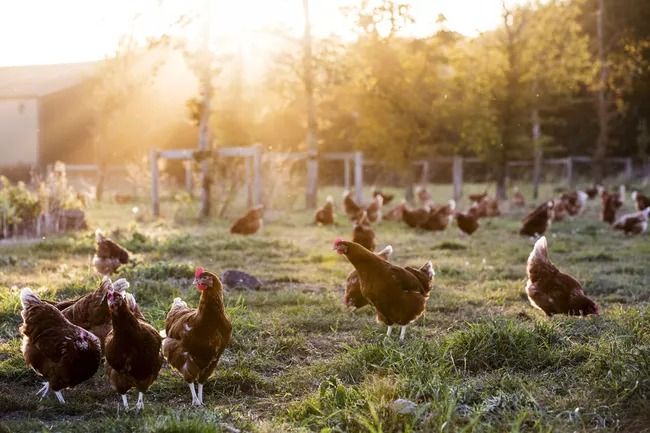
USDA regulations require that animals be raised in “living conditions accommodating their natural behaviors.” For example, cows must be able to graze on pastures and be allowed year-round access to the outdoors, with the exception of health considerations or dangerous weather. Organic livestock must also be raised on certified organic land and fed 100% certified organic feed, with the exception of trace minerals and vitamins needed to meet the animal’s nutritional requirements. Additionally, they are managed without the use of antibiotics or added growth hormones as well as other prohibited feed ingredients like avian byproducts and arsenic compounds.
If an animal becomes sick, there’s a list of approved synthetics and treatments available to them, such as pain medication and dewormers. With the exception of vaccines, organic farmers can’t use most routine drugs to prevent diseases and parasites. Per animal welfare standards, livestock can be given unapproved substances if it means saving their lives (and if approved treatments fail), but they may not be sold as certified organic afterward.
Processed and Multi-Ingredient Foods
Any product that is sold, labeled, or otherwise represented as organic is required to have at least 95% certified organic content.7 That means foods that have multiple ingredients (crackers, bread, soups, jams, etc.) have to adhere to the same organic standards with additional considerations.
Organic processed foods also can’t contain artificial preservatives, colors, or flavors. Packaged food products labeled as “made with organic ingredients,” must contain at least 70% organically produced ingredients (though they can not use the USDA organic seal).
Organic Management
Since farmers and ranchers are limited in terms of preventive measures for disease and pests, many implement practices that minimize negative impacts to their environment, such as using manure as compost or fertilizer to avoid manure runoff, or using crop rotation and cover crops to maintain soil and water quality.
One of the biggest hurdles for organic food is the fact that it often costs more to purchase than conventional products, and is, therefore, less accessible to those who are on a budget or live in certain areas. The question of whether or not organic food is worth the higher price tag is always a hot topic of discussion, producing a variety of scientific studies as a result.
A systematic review published in 2019, for example, took a look at 35 peer-reviewed papers to assess evidence related to human health on organic versus non-organic diets. While few of the clinical trials found direct improvements in health outcomes associated with organic food consumption, most assessed indirect measures like differences in pesticide exposure (which has been linked to numerous health issues). The report also found significant positive outcomes in longitudinal studies associating organic diets with reduced incidences of infertility, birth defects, allergy development, high BMI, non-Hodgkin lymphoma, and metabolic syndrome. Additionally, researchers indicated a growing number of observational research findings that linked health benefits with organic food consumption.
Is Organic Farming Better for the Environment?
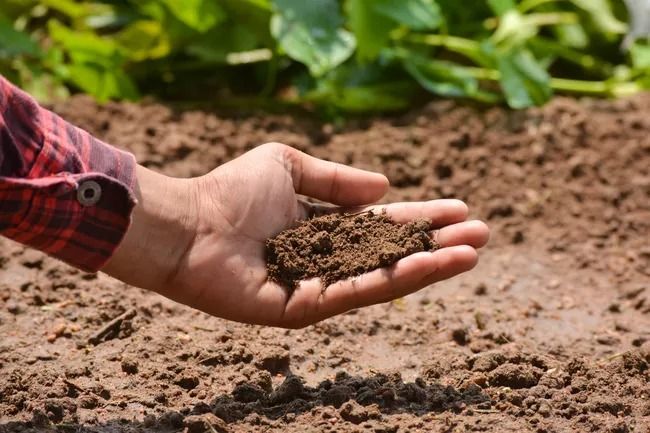
Organic farming has been shown to promote biodiversity and is generally considered a more environmentally friendly and sustainable option. In terms of ethics, organic livestock farming should (in theory) be designed to offer better living conditions for the animals. In the case of crop production, however, it can get a bit more complicated.
One of the biggest arguments against organic farming has to do with concerns over its lower yields when compared to conventional farming. A systematic overview conducted by researchers at UC Berkeley using a meta analysis of 115 studies found that organic yields are just over 19% lower than conventional ones, though results varied depending on crop species and management practices. Other studies, however, put the number much higher.
The worry is that organic farming requires more land to meet the demand for food, especially considering the ever-growing global population. Considering how much food is wasted in first-world countries, however, the issue may not be as prevalent in the future if consumption behavior is adjusted. There is even more concern in developing nations where there’s increased pressure on the land to provide enough food for its locals, which also results in more land converted from natural habitats to farmland.
That drop in yield has been linked to greater greenhouse gas emissions, specifically in the U.K. where a study found that a wholesale shift to organic farming could increase GHG emissions by up to 21%. Farming organically on a much larger scale (as in, an entire country switching to organic-only farming), the study says, could increase reliance on overseas imports of conventionally farmed products to pick up the slack.
On the other hand, research from Oxford University shows that organic farms support 34% more plant, insect, and animal species than conventional farms. For pollinators, the number of different species is twice as high on organic farms. Organic farming methods have also been shown to build and maintain soil quality over time and even reduce water pollution in United States waterways.



